By Karen Garcia, Los Angeles Times
Eric Lewis’ Christmas Eve hike up Cucamonga Peak offers a valuable lesson for anyone who’s thinking about scaling the Southern California heights in the snow.
Lewis, 57, had been working his way through the SoCal Six-Pack of Peaks Challenge, and Cucamonga was his fifth in the series. But it was the first time he’d hiked a summit blanketed in snow.
So before he made the trip early on Dec. 24, the Riverside County resident researched the trail, the conditions and the equipment he would need — microspikes and hiking poles — to make the trek. He also grabbed the beanie his daughter had given him, not realizing the crucial role it would soon play.
Lewis said he ran into barely anyone on the trail, but he does remember encountering a female hiker who commented on his microspikes and her lack of snow-hiking gear.
After making it to the top and snapping a few photos, Lewis said, he came across the female hiker again on his way back down. She had fallen badly and was being attended to by three other hikers.
“She got a pretty significant gash on her head and she was complaining that her neck and back hurt a lot, but overall she was conscious,” he said.
Lewis took out his Garmin inReach Mini, a satellite communicator, and activated the “S.O.S.” function.
READ MORE: Not your average ski trip: 3 memorable things to do in California’s Big Bear
He and the other hikers stayed with the woman for almost two hours before a first and then a second helicopter arrived to airlift her to safety. The rescuers hadn’t been able to spot the group at first, so when they asked Lewis for anything significant they could look for, he mentioned the emergency blanket he’d placed around the injured hiker and his beanie — both of which were bright orange. That did the trick.
Snow is now piling up on peaks across Southern California, including popular hiking spots in the Angeles National Forest and the San Gabriel Mountains. And as Scott Elliott of the California State Parks system noted, hiking in the snow, or simply coming to the mountains in the winter, can be a spectacular experience.
“That said, it’s absolutely critical that everyone plan ahead and think through considerations for weather, vehicular travel and recreational safety once hiking to ensure a safe, and therefore enjoyable, time in the mountains,” said Elliott, the system’s deputy chief of law enforcement and emergency services. “Remember that even a seemingly quick jaunt to the snow can be problematic, or much worse, if hikers are not properly prepared.”
Here are some tips from Elliott and other experts for enjoying a hike in the snow this winter season.
Before you decide to go
Know your abilities. Whether you’re a seasoned snow hiker or planning your first trek, Elliott said, bear in mind that even a short trip in the snow can be “grueling compared to a walk on a maintained pathway.”
“The extra resistance from boots or snowshoes going in and out of the snow on your trek can quickly wear a person down,” Elliott said.
For people interested in hiking Mt. Baldy or Ontario Peak in the San Gabriel Mountains for the first time, the San Bernardino County Sheriff’s Department advises against it unless you have solid mountaineering skills.
READ MORE: This winter canyon hike is a must-visit for your Banff adventures
Donna Newlin, one of the department’s search and rescue crew members, said Mt. Baldy is often found on lists of the most dangerous mountains in the U.S., and experienced mountaineers have died hiking it in the winter.
“Hikers new to travelling in the snow should select more moderate terrain to gain experience,” she said.
Weather changes the terrain. A person might be very familiar with a trail or park in the spring or summer, but the winter can make navigation more challenging.
“Trails, trail markers and landmarks can all be obscured or look entirely different in a snowy landscape,” Elliott said.
For example, he pointed to the calls he used to field at the Donner Memorial State Park ranger station in Truckee around this time of year. Hikers would become lost and call for help even though they hadn’t made it very far down the trail, Elliot said.
You could be about a “baseball-park-length away” from your car and still get lost because it looks so unfamiliar, he said.
Newlin added that snow is a highly variable surface and conditions can change throughout the day, depending on the effects of the sun and the temperature.
Assess your risk. It’s all about weighing the consequences of a fall.
“Once you start sliding down an icy slope, it is very difficult to stop that slide,” Newlin said.
She suggested considering what the surface conditions could be later in the day when the temperature drops.
“Our teams rescue a lot of hikers who are able to cross steep slopes early in the day when the snow is soft, only to find their route back out to the trailhead has become dangerously icy,” she said.
READ MORE: Discover BC’s UNESCO Global Geopark this winter!
New hikers should try to stick to established routes that are well tracked to get used to the footing with their winter hiking boots.
An avalanche can always be a concern when hiking on steeper slopes in snowy landscapes. Elliot said the risk is usually (but not always) higher during or immediately after heavier snowfalls.
Hikers should also be on the lookout for posted notices or red flags warning of areas of a possible avalanche.
The National Avalanche Center lists the following warning signs:
- Recent avalanches indicate that the snowpack is unstable, making it vulnerable to more of the same.
- Signs of unstable snow include cracking or collapsing and whumpfing, or “drum-like” sounds.
- Heavy snowfall or rain can make the snowpack unstable for several days.
- Windblown snow is a significant factor in avalanche activity. Avoid cornices and drifts on steep slopes.
- Rain, strong solar radiation or extended periods of temperatures above freezing can cause the avalanche danger to rise.
- Persistent slabs of snow may be triggered to collapse weeks after a storm.
Newlin emphasized that folks new to hiking in the snow should avoid terrain steep enough for avalanche activity.
Check the National Weather Service, U.S. Forest Service and other regional centers listed on the National Avalanche Center website for more information about avalanche warnings.
Make a plan
When you’re ready to plan your trip, check the weather forecast and keep checking it.
Newlin said the rescue crew is often called for help because hikers try to squeeze in a hike right before a storm and get caught in it.
“Helicopters aren’t able to assist in these situations, and rescue by ground is a very time-consuming operation that puts the rescuers at risk as well,” she said.
Whether you’re checking the National Weather Service or your local broadcast news station, monitor the weather forecast knowing that conditions can frequently be worse than predicted, Elliot said.
Checking the weather includes road conditions, said Dana Dierkes, public affairs officer for the Angeles National Forest.
Specific to the Angeles National Forest, the major roadways are managed by L.A. County Public Works Department and the California Department of Transportation, so check their websites for updates on road closures due to impending weather.
When you’re in the Angeles National Forest, Dierkes said, roads in the forest may be very slick and/or closed due to rain or snow. If there is snow at higher elevations, you will probably be driving through rain on the way there, she said.
Snow chains or cables for your tires may be required on main roads.
“Even if tire chains or cable requirements are not in effect when you leave for your trip, you may need them to exit the mountains safely,” Dierkes said.
As you’re checking conditions, familiarize yourself with the trail route. Check the website or call for guidance; if the trail is in a state park, Elliot said, call the park ranger’s office. The U.S. Forest Service maps help you plan your route based on your ability, time and interest. Get a physical copy of your route to take with you on the trail.
Staffing might be seasonally low at the park ranger offices, Elliott said. So if you can’t reach someone, contact a division office in your area for assistance.
Whether this is your first time or not, invite a friend or two. Hiking is always best done with multiple people, for safety’s sake.
And don’t forget to notify a friend or family member of your plans. Let that person know what route you intend to take and when you expect to start and finish.
Schedule an early start for the day’s activity. Dierkes said time is not on your side.
“Plan to be off the trail long before sunset, which comes very early at this time of the year,” Dierkes said. And assume the hike will take longer than you expect, she said, because the trail may not be easy to find in the snow.
Deep snow can also make the hike take longer than expected. Prepare for being out later than planned by having a flashlight or headlamp in your pack.
Pack the proper gear
Preparing for recreation in the snow means staying warm and dry. The essentials are wool socks (which are naturally water-repellent, unlike cotton, which doesn’t dry easily), waterproof boots or snowshoes, layered clothing (that you can shed or put back on when necessary) and sunglasses.
Some people might not see the need for sunglasses, Elliot said, but “hiking in the snow even on a cloudy day can lead to excess eye strain or even snow-blindness.”
Next, make sure you have hiking poles and “shoe chains” (microspikes or crampons) for extra traction on snow and ice.
If the only potential consequence for you from a fall on the trail is a bruised ego, Newlin said, “a hike in the snow may only require snowshoes or maybe shoe traction devices and ski poles for balance.” But if you’re going to travel in steeper terrain “where a fall could result in injury or death, you will need an ice ax, crampons and the skills to use them,” she added.
Your equipment list should also include a “space blanket” that retains heat, sunscreen (because snow reflects a lot of sunlight), water, snacks, a first aid kit, hand and toe warmers, a compass and a satellite communications device (cell service is poor in the mountain areas).
“You should always carry enough clothing and emergency supplies to survive a night out in the event you get lost or injured,” Newlin said.
Test your equipment and, if you’re buying new gear, consider asking for a demonstration at your local outdoor equipment store to make sure it’s working properly and you know how to use it.
It’s also worthwhile to sign up for a wilderness first aid or basic navigation course to acquire or brush up on those skills. Courses are provided by REI, the Red Cross and the California Survival School, among others.
When you’re en route to your hiking destination, you might find yourself driving in the rain or snow. So before you hit the road, check your tires and windshield wipers, replacing them if necessary.
Always slow down on wet roads. Dierkes said the first hour of rain is typically the worst for driving because oil is still on the roadway and, when mixed with rain, can cause slick pavement.
The speed limit identifies maximum speed under ideal conditions she said, adding that rain and snow do not provide ideal conditions.
Hydroplaning — that is, having your tires lose their grip on the pavement — can occur at speeds above 30 to 40 mph.
On the road, give yourself extra time and distance to make safe stops.
“Be cautious when driving (an) empty pickup (truck), as the lack of weight may cause the back end of the vehicle to slip and slide,” Dierkes said.
If you plan to drive when it’s snowing, ask yourself if the trip is necessary. You may want to postpone it.
If it begins snowing on the way home, or if you see signs advising you to apply snow chains to your car, do it. Check the owner’s manual of your car for the proper type of snow chains or cables. Know in advance how to install the chains or cables, and consider practicing ahead of your trip.
Dierkes suggested knowing the front-wheel, rear-wheel, all-wheel and four-wheel drive function of your particular vehicle. She said not all react the same way in the snow.
And watch out for black ice on the roadway. This slippery surface can form when snow on the pavement melts and then refreezes.
Plan your adventures throughout the West Coast at westcoasttraveller.com and follow us on Facebook and Instagram @thewestcoasttraveller. And for the top West Coast Travel stories of the week delivered right to your inbox, sign up for our weekly Armchair Traveller newsletter!

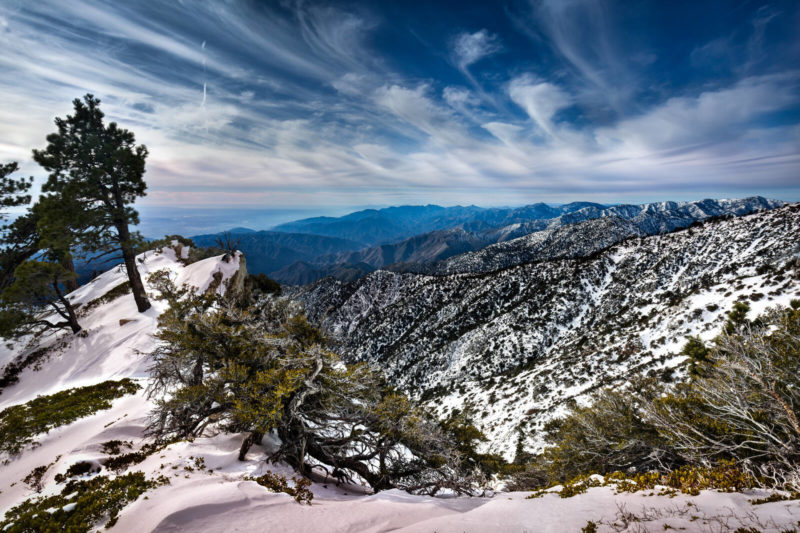

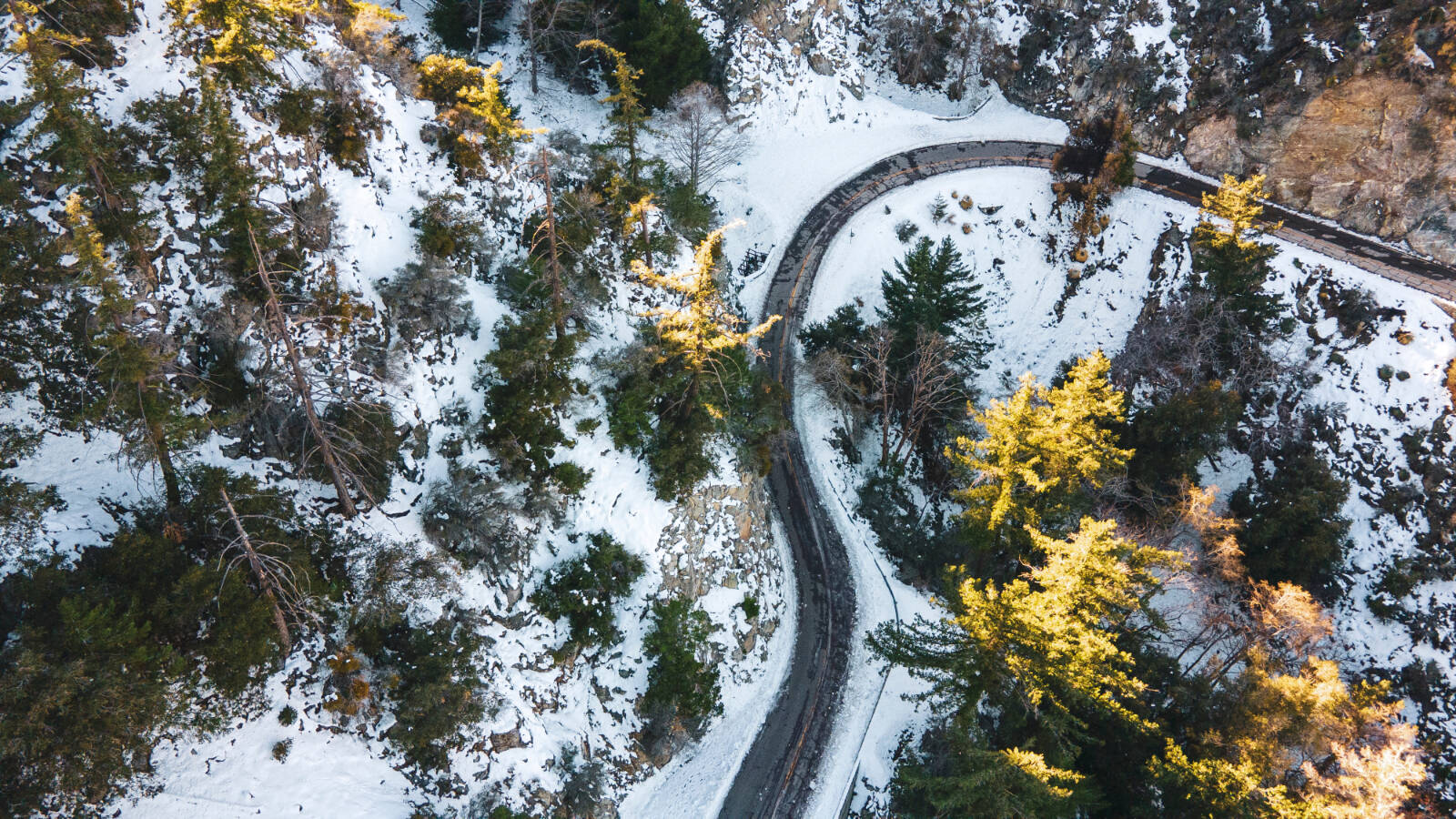



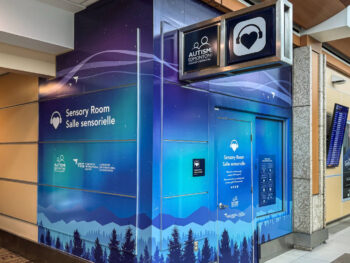

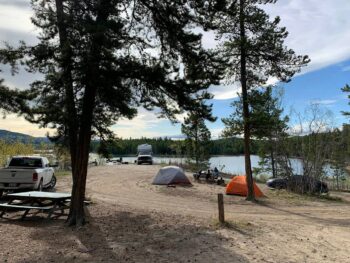
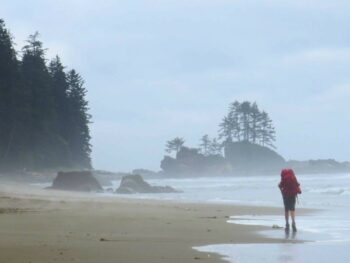
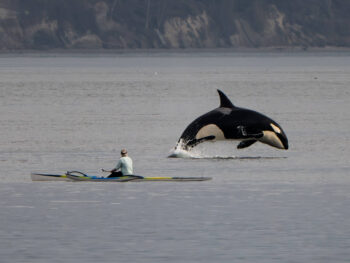
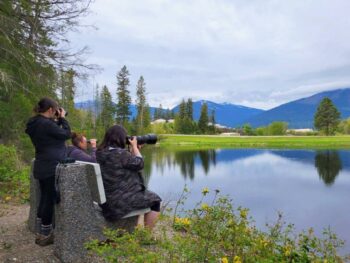
 Dine Around, Stay in Town Victoria brings delicious deals to the B.C. capital
Dine Around, Stay in Town Victoria brings delicious deals to the B.C. capital